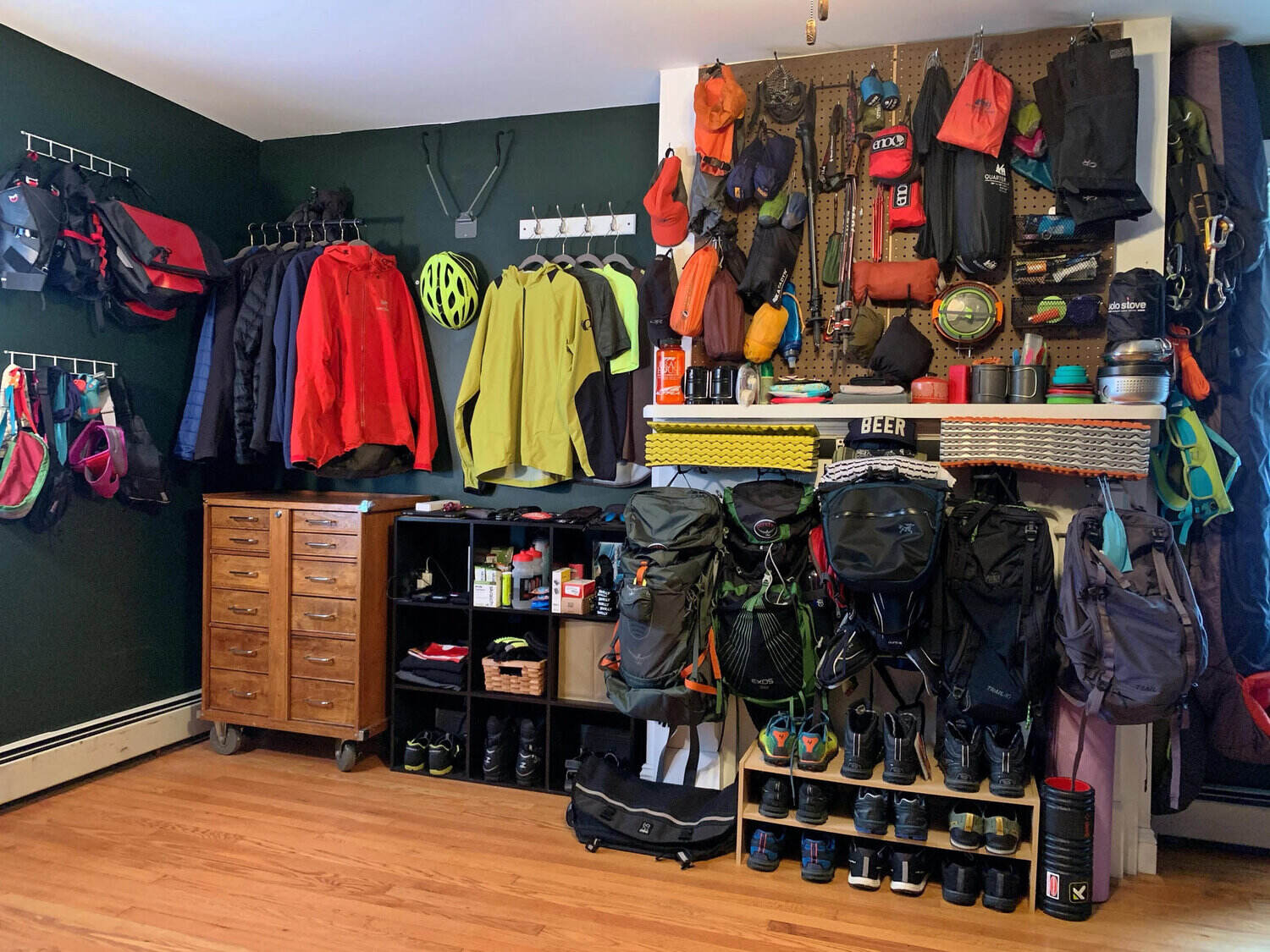

Articles
How To Store Camping Gear
Modified: October 20, 2024
Learn how to properly store your camping gear with our informative articles. Keep your equipment in top condition for your next outdoor adventure.
(Many of the links in this article redirect to a specific reviewed product. Your purchase of these products through affiliate links helps to generate commission for Storables.com, at no extra cost. Learn more)
Introduction
When you return from a camping trip, it’s important to properly store your gear to ensure its longevity and keep it in good condition for future adventures. Storing camping gear may seem like a simple task, but doing it in the right way can make a big difference in how well your equipment holds up over time.
In this article, we will guide you through the process of storing your camping gear to help you maximize its lifespan and keep it organized. From cleaning and categorizing your gear to choosing appropriate storage containers and finding the ideal location, we’ll cover everything you need to know. Let’s dive in!
Key Takeaways:
- Properly storing camping gear involves cleaning, categorizing, and choosing the right containers. Labeling and finding a suitable storage location are crucial for gear longevity and accessibility.
- Regularly checking and maintaining gear storage is essential for longevity. Properly storing tents, sleeping bags, cooking equipment, and personal items ensures they remain organized and ready for outdoor adventures.
Read more: How To Store Hunting Gear
Step 1: Clean and Dry Your Camping Gear
Before storing your camping gear, it’s crucial to clean and dry it properly. This step is important because any dirt, debris, or moisture left on your equipment can lead to mold, mildew, or damage over time. Follow these guidelines to ensure your gear is clean and ready for storage:
- Tents: Start by removing any dirt or mud from the exterior of your tent. Use a soft brush or sponge to gently scrub away any stubborn stains. Ensure that the tent is completely dry before folding it up. If you store a wet tent, it may develop a foul odor or even mildew. Allow it to air dry or use a towel to pat it dry before packing it away.
- Sleeping bags: Check the care instructions on your sleeping bag as some may require special cleaning methods. If it can be machine washed, use a gentle cycle with a mild detergent. After washing, tumble dry on low heat or hang it outdoors to air dry. Make sure it is completely dry before storing it in a storage bag or a large breathable sack.
- Cooking equipment and utensils: Thoroughly clean all cooking equipment, such as pots, pans, and utensils, with dish soap and warm water. Be sure to remove any food residues. Allow them to air dry or towel dry them before storing in appropriate containers.
- Camping furniture and accessories: If your camping chairs, tables, or hammocks are detachable, disassemble them and wipe down the surfaces with a damp cloth. Allow them to air dry before storing. For inflatable furniture or mattresses, deflate them fully and ensure they are dry before packing them away.
- Personal items and hygiene products: Empty and clean any personal items, such as toiletry kits or first aid kits. Check for expired or opened items and discard them accordingly. Clean and dry any reusable containers or bottles before storing them.
By cleaning and drying your camping gear before storage, you can prevent the growth of mold and bacteria, which can not only ruin your equipment but also pose health risks on your future camping trips. Take your time to ensure everything is thoroughly cleaned and dried to maintain the integrity of your gear.
Step 2: Organize and Categorize Your Gear
Keeping your camping gear organized is essential for easy access and efficient storage. By categorizing your gear, you’ll be able to find what you need quickly and avoid unnecessary clutter. Here are some tips to help you organize and categorize your camping gear:
- Create categories: Start by creating categories based on the type of gear you have. For example, you can have categories like tents and sleeping bags, cooking equipment, camping furniture, personal items, and so on. This will make it easier for you to group similar items together.
- Sort and declutter: Once you have your categories, go through each item and decide which ones you want to keep. Discard any items that are damaged beyond repair or that you no longer need. This will help you declutter and free up space for the gear you actually use.
- Use storage bins: Invest in sturdy storage bins or containers to keep your gear organized. Clear plastic bins are ideal as they allow you to see what’s inside without having to open each one. Label the bins with the corresponding category to make it easier to retrieve items when needed.
- Consider size and weight: When organizing your gear, take into account the size and weight of each item. Heavier items should be placed at the bottom of the storage bins to avoid crushing lighter and more delicate gear. This will also prevent any potential damage during storage.
- Separate frequently used items: If you have camping gear that you use more frequently than others, consider keeping them separate for easy access. This can include items like your tent, sleeping bag, cookware, and other essentials that you may need for spontaneous camping trips.
By organizing and categorizing your camping gear, you’ll have a clear system in place that will save you time and effort when it comes to finding and accessing your equipment. Plus, it will help you maintain the condition of your gear for longer periods of time.
Step 3: Choose Appropriate Storage Containers
Choosing the right storage containers is crucial for keeping your camping gear safe and protected during storage. Here are some factors to consider when selecting the appropriate containers:
- Durability: Opt for containers that are made of sturdy materials, such as high-quality plastic or durable fabric. This will ensure that they can withstand the rigors of storage and protect your gear from potential damage.
- Size and shape: Consider the size and shape of your gear when choosing storage containers. Look for containers that are spacious enough to fit your items comfortably without overstuffing them. It’s better to have a bit of extra space than to squeeze everything tightly.
- Waterproof or water-resistant: Since camping gear is often exposed to the elements, it’s a good idea to invest in containers that are either waterproof or at least water-resistant. This will protect your gear from moisture damage, especially if you plan to store them in a basement or garage.
- Transparency: Clear containers can be advantageous as they allow you to see the contents without having to open each container. This makes it easier to locate specific items quickly when you need them.
- Sealing capability: Look for containers with secure lids or covers that provide a tight seal. This will help keep dust, insects, and other pests out, ensuring that your gear stays clean and protected.
- Stackability: If you have limited storage space, consider containers that are stackable. This will save you valuable space and allow you to maximize the use of vertical storage in your camping gear area.
Remember to assess your storage needs and the specific requirements of your camping gear when choosing containers. It’s better to invest in quality containers that will safeguard your gear in the long run rather than opting for cheaper options that may not provide adequate protection.
Step 4: Label Your Containers
Labeling your storage containers is a simple yet effective way to keep track of your camping gear and make the retrieval process much easier. Here are some tips for labeling your containers:
- Category labels: Clearly label each container with the corresponding category of items it contains. For example, use labels such as “Tents & Sleeping Bags,” “Cooking Equipment,” “Camping Furniture,” and so on. This will help you quickly identify which container you need to access.
- Inventory list: Create an inventory list of all the items stored in each container. This can be done on a piece of paper or digitally. List out each item with a brief description or include a picture for easy reference. This will enable you to keep track of your gear and know exactly what is stored in each container.
- Date labels: If you have camping gear that you rotate or update frequently, consider adding date labels to the containers. This will help you keep track of when items need to be replaced or if certain gear is outdated. It can also serve as a reminder to check the condition of your gear periodically.
- Color-coded labels: To add an extra level of organization, consider using color-coded labels. Assign specific colors to each category or group of items. For example, use green labels for camping furniture and blue labels for cooking equipment. This visual cue can make it even easier to locate the right container.
- Durable labels: Ensure that your labels are durable and can withstand the storage environment. Use waterproof or laminated labels that won’t easily fade or peel off over time.
By labeling your storage containers, you’ll have a clear system in place that allows you to find and retrieve your camping gear with ease. This saves valuable time and eliminates the frustration of rummaging through multiple containers to locate specific items. Additionally, labeling helps you keep track of your gear and ensures that nothing gets misplaced or forgotten during the storage period.
Read more: How To Store Backpacking Gear
Step 5: Find a Suitable Storage Location
Choosing the right storage location for your camping gear is essential to ensure its safety and longevity. Here are some factors to consider when finding a suitable storage location:
- Indoor storage: Whenever possible, store your camping gear indoors to protect it from harsh weather conditions, moisture, and pests. Ideal indoor storage locations can include a garage, basement, or a dedicated storage area.
- Temperature and humidity: Aim for a storage space that maintains a relatively stable temperature and humidity level. Extreme temperature fluctuations and high humidity can cause damage to your gear. Avoid locations exposed to direct sunlight, as it can fade or deteriorate certain materials.
- Keep it off the floor: If storing your gear in a basement or garage, be sure to keep it elevated off the floor to prevent moisture damage. Place pallets or shelves to create a barrier between your gear and any potential dampness.
- Avoid extreme conditions: Try to avoid storing your gear in areas prone to extreme conditions, such as areas prone to flooding or areas with excessive heat or cold. Extreme conditions can accelerate the deterioration of your gear.
- Accessibility: Consider how easily accessible your gear will be in the chosen storage location. Opt for a location that allows you to retrieve items without having to move multiple containers or shift heavy objects around.
- Security: Ensure that your chosen storage location is secure. If you are storing your gear in a shared space or a public storage facility, consider investing in a lock or security measures to protect your gear from theft.
By finding a suitable storage location, you’ll be able to protect your camping gear from environmental factors, ensure its longevity, and have peace of mind knowing that your equipment is stored in a safe and accessible place.
Store your camping gear in a cool, dry place to prevent mold and mildew. Keep sleeping bags and tents loose, not compressed, to maintain their insulation and waterproofing.
Step 6: Properly Store Tents and Sleeping Bags
Properly storing your tents and sleeping bags is essential to extend their lifespan and maintain their performance. Here are some guidelines to help you store them correctly:
- Tents: Before storing your tent, ensure it is clean and completely dry. Thoroughly clean the tent using mild soap and water, and rinse off any residue. Allow it to air dry fully to prevent mildew or mold growth. Once dry, loosely fold the tent, ensuring there are no sharp bends or creases that may cause damage. Avoid storing your tent in its compression sack for extended periods, as this can damage the tent fabric. Instead, consider using a larger storage bag or a breathable container, allowing the tent to rest in a relaxed position.
- Sleeping bags: Begin by checking the care instructions specific to your sleeping bag. If it is machine washable, use a front-loading machine, mild detergent, and cold water. Once clean, thoroughly dry the sleeping bag, either by using a dryer on low heat or by air drying it outdoors. Ensure your sleeping bag is completely dry to prevent musty odors or mold. Once dry, loosely fold or roll the sleeping bag and store it in a large breathable sack or a storage bag specifically designed for sleeping bags. Avoid compressing the sleeping bag for extended periods, as this can damage the insulation.
It’s important to mention that tent poles and stakes should be stored separately from the tent itself to prevent potential damage. Store them in a designated bag or container, making sure they are clean and dry before storing.
By following these guidelines, you’ll ensure that your tents and sleeping bags remain in good condition and are ready for your next camping adventure. Always double-check the manufacturer’s instructions for specific care recommendations and to ensure you’re properly caring for your gear.
Step 7: Store Cooking Equipment and Utensils
Properly storing your camping cooking equipment and utensils is essential to keep them in good condition and ready for your next outdoor culinary adventure. Here are some tips to help you store them effectively:
- Clean and dry: Before storing your cooking equipment and utensils, make sure they are thoroughly cleaned and dried. Wash them with dish soap and warm water, removing any food residues. Allow them to air dry or towel dry them completely to prevent any moisture that may lead to rust or unpleasant odors.
- Organize by function: Categorize your cooking equipment and utensils based on their use and function. Separate pots and pans from utensils, and group similar items together. This will make it easier to locate specific items when you need them.
- Use protective covers: Consider using protective covers or sleeves for your cookware to prevent scratches and damage during storage. You can find specific covers designed for pots and pans and utensil rolls or cases for your cooking utensils.
- Stack and nest: If your cookware is stackable or nestable, take advantage of this feature to save space in your storage area. Place larger pots and pans at the bottom and stack smaller ones on top. Make sure there is a protective layer, such as a soft cloth or paper towel, between each piece to prevent scratches.
- Store in a dry location: Choose a dry storage location for your cooking equipment and utensils to prevent moisture damage. Avoid areas that are prone to high humidity or that may be exposed to water leaks. If necessary, use moisture-absorbing packets or silica gel packs to help maintain a dry environment.
Keeping your cooking equipment and utensils organized and protected during storage will not only help prolong their lifespan but also make it easier for you to find and access them for your next camping trip. With proper care and storage, your cooking gear will be ready to whip up delicious outdoor meals whenever you’re ready for your next adventure.
Step 8: Store Camping Furniture and Accessories
Properly storing your camping furniture and accessories is crucial to ensure their longevity and keep them in good condition for future outdoor escapades. Here’s how you can store them effectively:
- Clean and dry: Before storing your camping furniture and accessories, make sure to clean them thoroughly. Wipe down surfaces with a damp cloth or sponge and mild soap to remove any dirt or debris. Allow them to air dry completely to prevent moisture buildup.
- Disassemble if possible: If your camping furniture is collapsible or has detachable components, disassemble them to save space during storage. This will also help prevent any potential damage to hinges or joints over time. Keep all screws, nuts, and bolts in a labeled bag and tape it to the furniture for easy reassembly later.
- Protective covers: Use protective covers or bags to shield your camping furniture from dust and potential scratches. There are specific covers available for items like chairs, tables, and hammocks. Alternatively, you can use large breathable sacks or blankets to cover and protect them.
- Store upright or flat: Consider the best storage position for your camping furniture based on its design and size. Some items, like folding chairs or tables, can be stored upright to save space. Others, such as larger furniture pieces, may be better stored flat. Ensure they are in a stable position to avoid any accidental tipping or damage.
- Separate delicate accessories: If you have smaller or more delicate camping accessories, such as lanterns, portable speakers, or decorative items, consider storing them separately in individual containers or pouches. This will protect them from potential damage or breakage.
By following these guidelines, you’ll ensure that your camping furniture and accessories are well-protected and ready to enhance your outdoor experience in the future. Take the time to carefully clean, disassemble, and store each item, and you’ll enjoy their durability and functionality for many camping trips to come.
Read more: How To Store Climbing Gear
Step 9: Store Personal Items and Hygiene Products
Effectively storing your personal items and hygiene products is essential to keep them organized, easily accessible, and in good condition for your camping adventures. Here’s how you can store them properly:
- Clean and declutter: Before storing your personal items, go through them and remove anything that is expired, damaged, or no longer needed. Clean and dry any reusable containers or bottles to prevent any residue or odor.
- Categorize and separate: Organize your personal items and hygiene products into categories such as toiletries, first aid kits, towels, and clothing. Separating them helps to keep everything organized and prevents cross-contamination.
- Use waterproof or spill-proof containers: Consider using waterproof or spill-proof containers to store your personal items. This will protect them from any accidental spills or moisture damage. Keep in mind that hygiene products like soaps and lotions should be tightly sealed and stored separately to prevent leaks.
- Label containers: Label your storage containers or pouches to easily identify the contents inside. This will help you quickly locate specific items without having to search through all your belongings.
- Pack strategically: Arrange your personal items and hygiene products in a way that makes sense to you. Keep frequently used items easily accessible, while less frequently used items can be placed towards the back or bottom of the storage containers. Consider using compartmental organizers or resealable bags to keep smaller items organized.
- Store in a cool, dry place: It’s important to store your personal items and hygiene products in a cool, dry location to prevent moisture and mold growth. Avoid storing them in direct sunlight or areas prone to high humidity.
By following these steps, you’ll ensure that your personal items and hygiene products are organized, protected, and ready for your camping trips. Storing them properly not only saves you time searching for essentials but also helps maintain their quality and usability over time.
Step 10: Maintain and Regularly Check Your Gear Storage
Maintaining and regularly checking your gear storage is crucial to ensure the longevity and functionality of your camping equipment. Here are some steps to help you maintain and monitor your storage:
- Check for damage: Regularly inspect your gear for any signs of damage, such as tears, fraying, or broken parts. This includes checking zippers, straps, and fabric integrity. If you notice any issues, address them promptly to prevent further damage or deterioration.
- Monitor for pests: Check your storage area for any signs of pests, such as rodents or insects. These critters can cause damage to your gear or contaminate it. Use pest control methods and take preventive measures, such as sealing any entry points to your storage area and using pest deterrents.
- Reorganize if necessary: As you use and access your gear, you may find that certain items need to be rearranged or reorganized. Take the time to make adjustments to keep your storage space organized and efficient.
- Update inventory list: Regularly update your inventory list to reflect any changes or additions to your gear. This will help you stay organized and keep track of what you have.
- Perform maintenance tasks: Follow the manufacturer’s recommendations for any maintenance tasks needed for your gear. This may include re-waterproofing tents, inspecting and lubricating zippers, or checking and tightening screws on camping furniture.
- Rotate and use your gear: Even during storage, it’s important to periodically rotate and use your gear. This helps prevent prolonged inactivity and ensures that everything remains in good working condition.
- Keep it clean: Regularly clean your storage area to prevent dust buildup and keep your gear in optimal condition. This includes sweeping or vacuuming the area and wiping down shelves or containers.
By maintaining and regularly checking your gear storage, you’ll be able to catch any issues early on and take the necessary steps to address them. This proactive approach will help ensure that your camping gear is always ready for your outdoor adventures.
Conclusion
Properly storing your camping gear is essential for its longevity, functionality, and your overall outdoor experience. By following the steps outlined in this article, you can ensure that your gear remains organized, protected, and ready for your next adventure.
Begin by cleaning and thoroughly drying your gear before storing it. This prevents mold, mildew, and damage caused by dirt or moisture. Categorize your gear and use appropriate storage containers, ensuring they are durable, waterproof or water-resistant, and stackable. Labeling the containers and maintaining an inventory list will make it easier to find specific items when needed.
Consider the storage location carefully, aiming for a dry and secure space that maintains a stable temperature and humidity level. Store tents and sleeping bags in a loose and relaxed position to avoid damage to the fabric or insulation. Cooking equipment and utensils should be cleaned and organized, using protective covers as necessary. Camping furniture and accessories should be disassembled if possible, with protective covers used to prevent scratches and damage.
Personal items and hygiene products should be sorted and stored in waterproof or spill-proof containers, while being kept in a cool, dry location. Lastly, maintain and regularly check your gear storage, inspecting for any damage, pests, or necessary maintenance tasks.
By following these steps and taking care of your gear, you’ll ensure its longevity, functionality, and enjoyment for years to come. Storing your camping gear properly not only saves you time and effort in the long run, but it also helps you make the most of your outdoor adventures by having reliable and well-maintained equipment at your fingertips.
Remember to always refer to the manufacturer’s instructions for specific care and storage recommendations. With proper storage, your camping gear will be ready to accompany you on many exciting and memorable camping trips.
Now that you've got the scoop on stowing your camping essentials, why stop there? Dive into our featured guide on the most innovative camping storage solutions set to hit the market next year. Whether you're looking to streamline your setup or just keep things tidy, this article is packed with top picks to ensure everything has its place. Don't miss out on making your next outdoor adventure both smooth and enjoyable.
Frequently Asked Questions about How To Store Camping Gear
Was this page helpful?
At Storables.com, we guarantee accurate and reliable information. Our content, validated by Expert Board Contributors, is crafted following stringent Editorial Policies. We're committed to providing you with well-researched, expert-backed insights for all your informational needs.
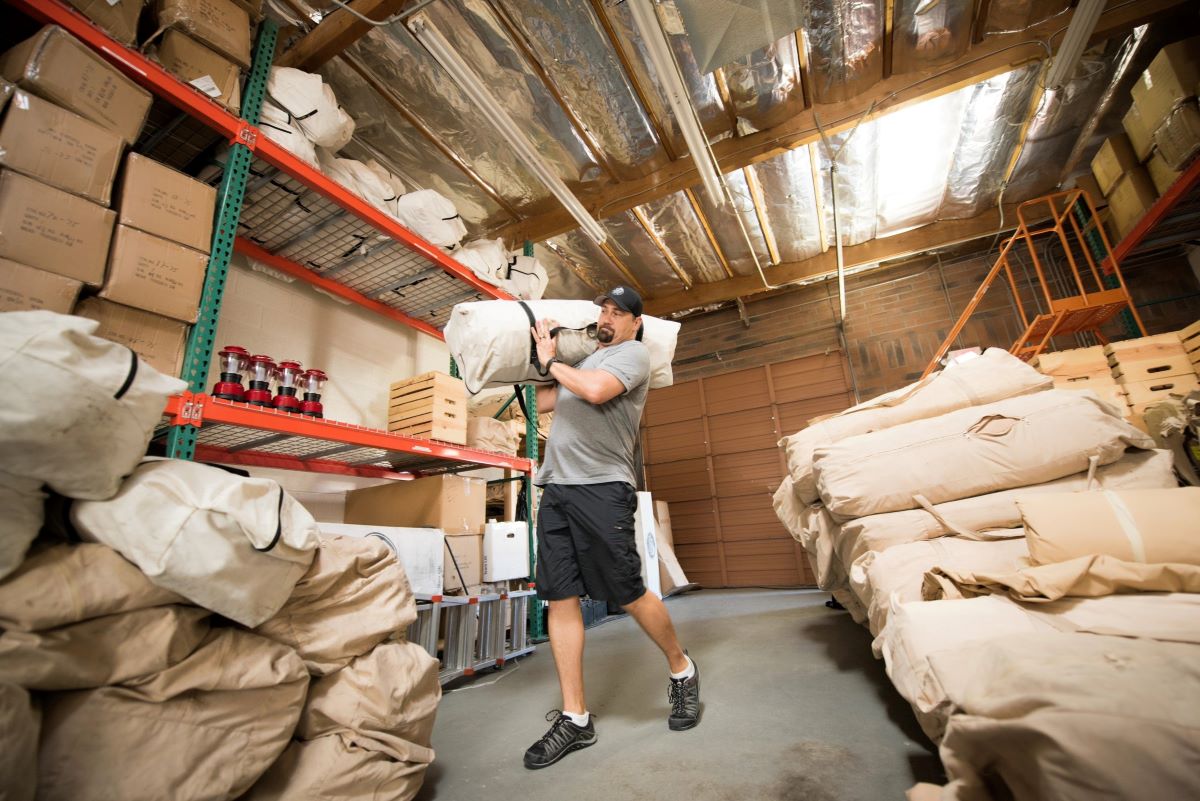
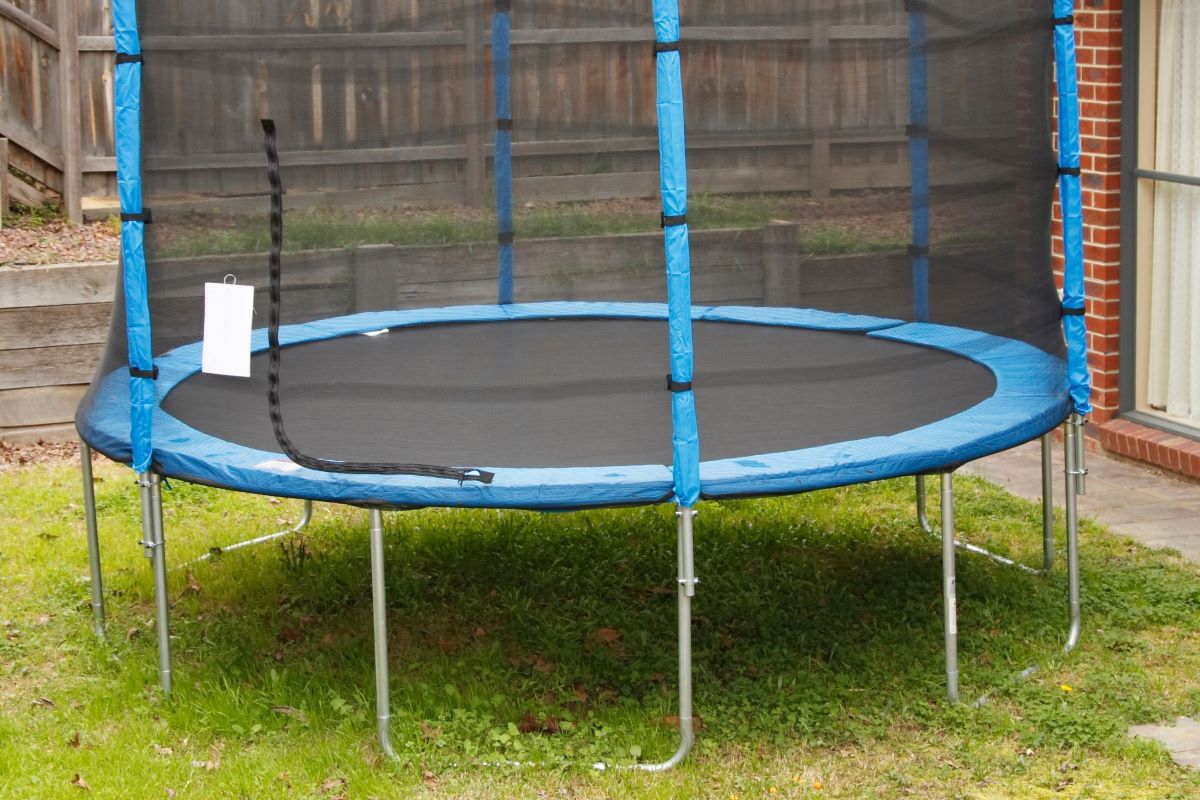
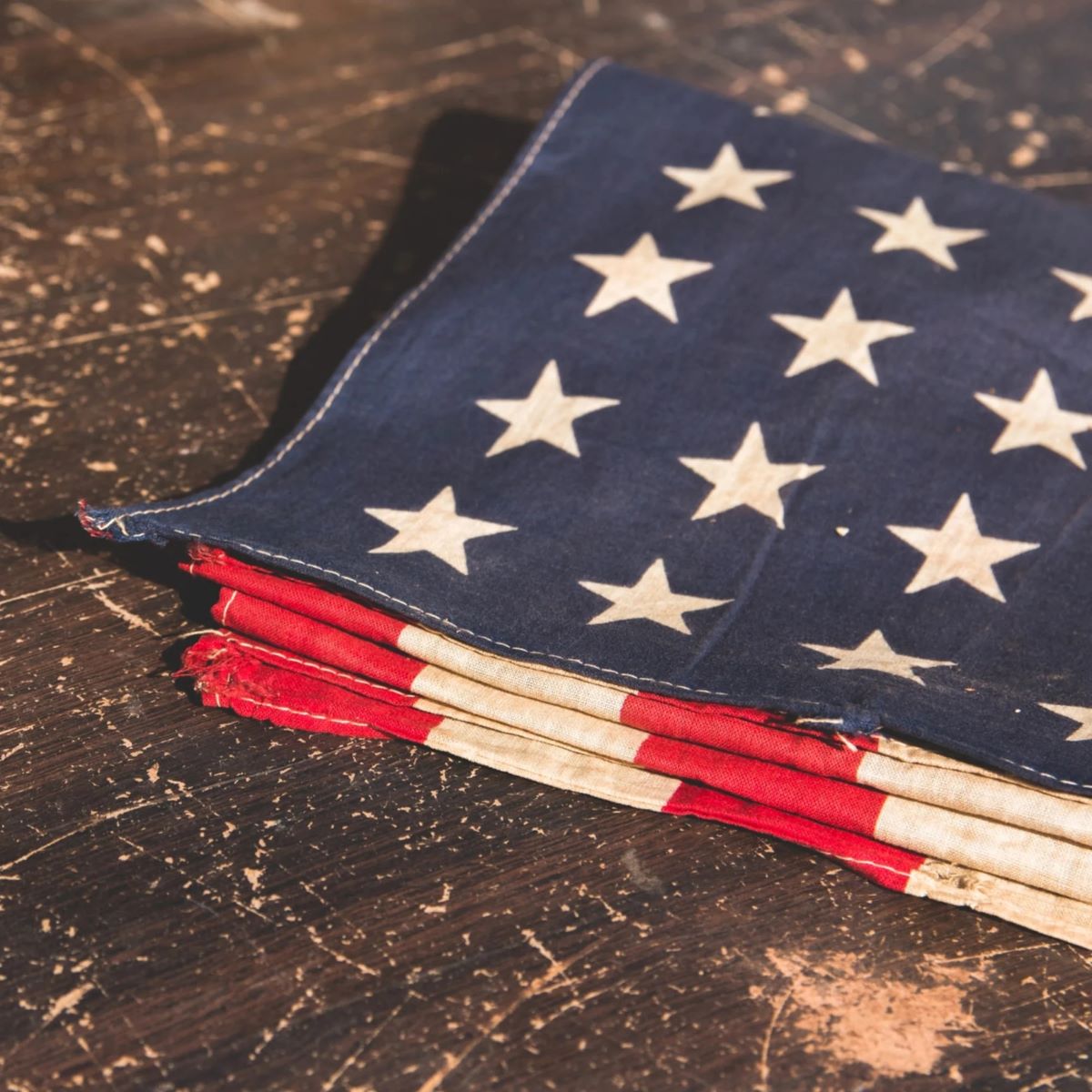
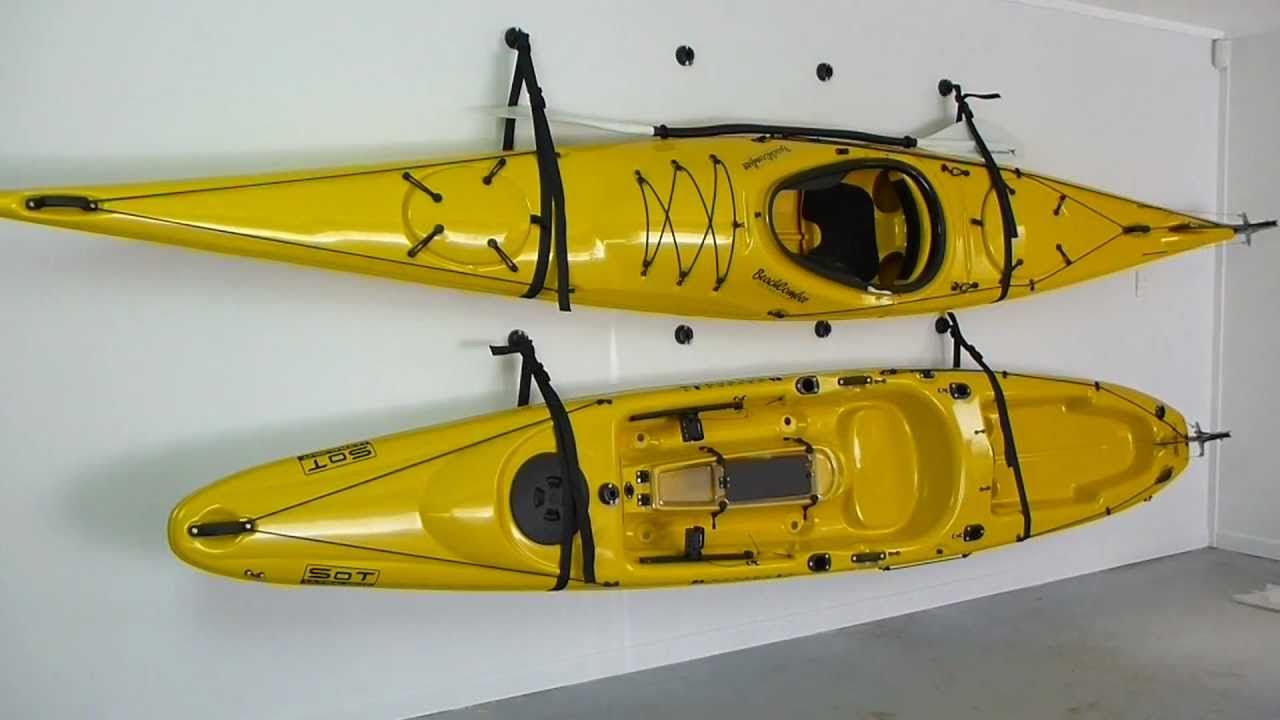
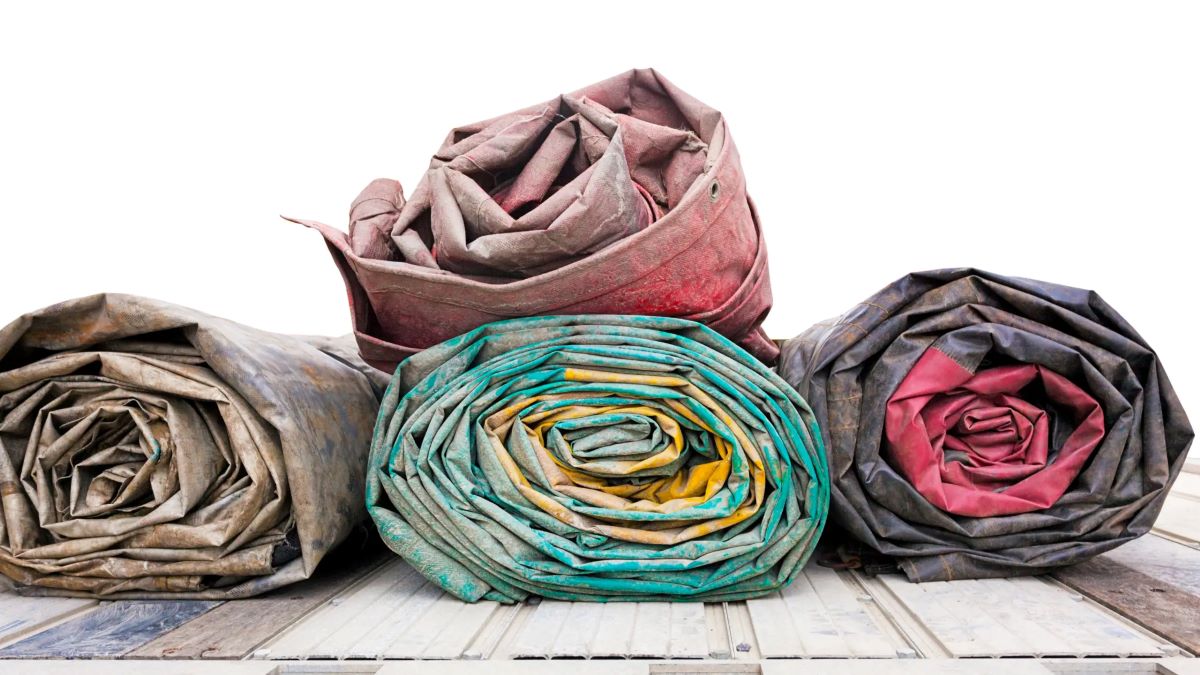
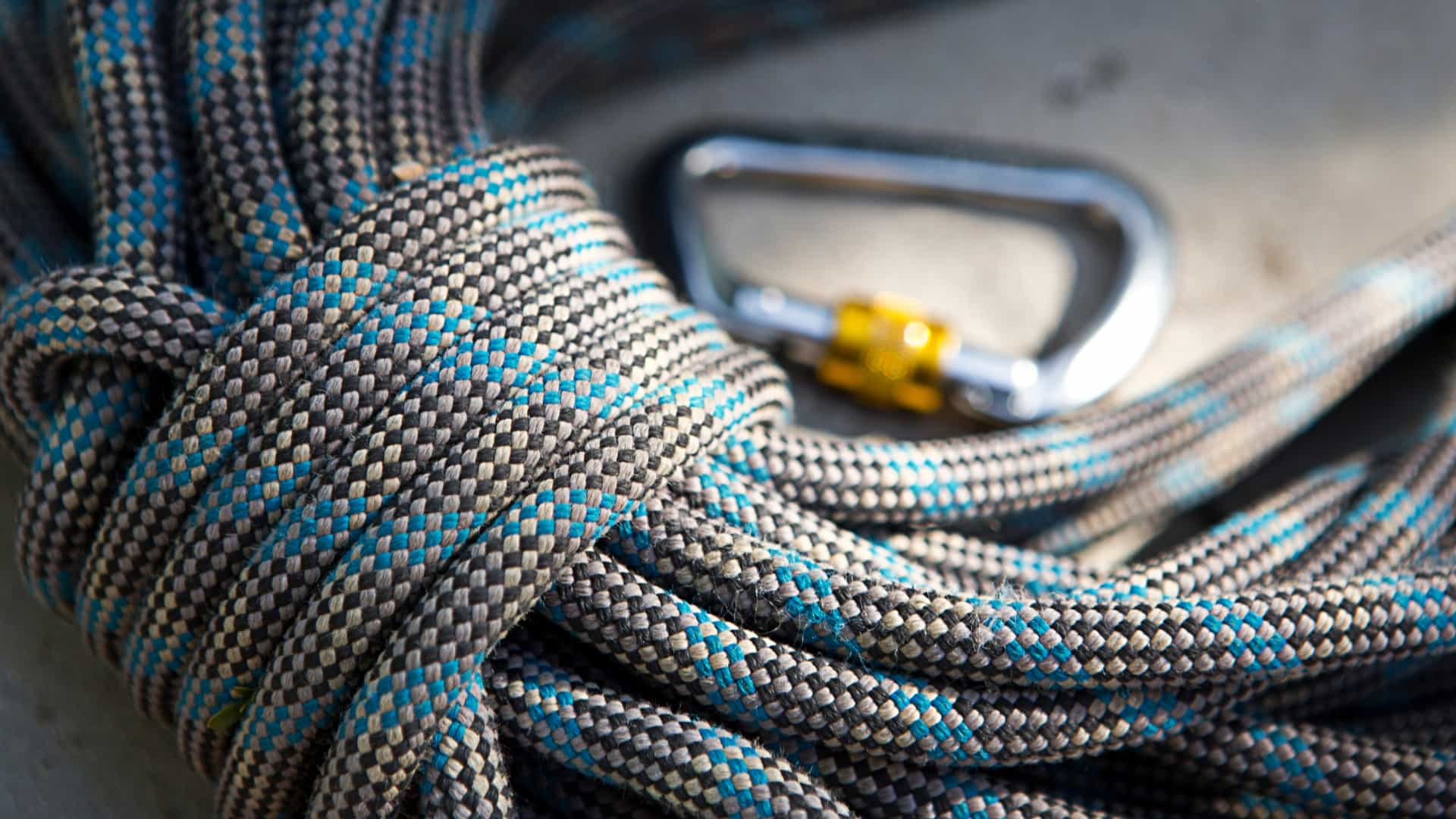
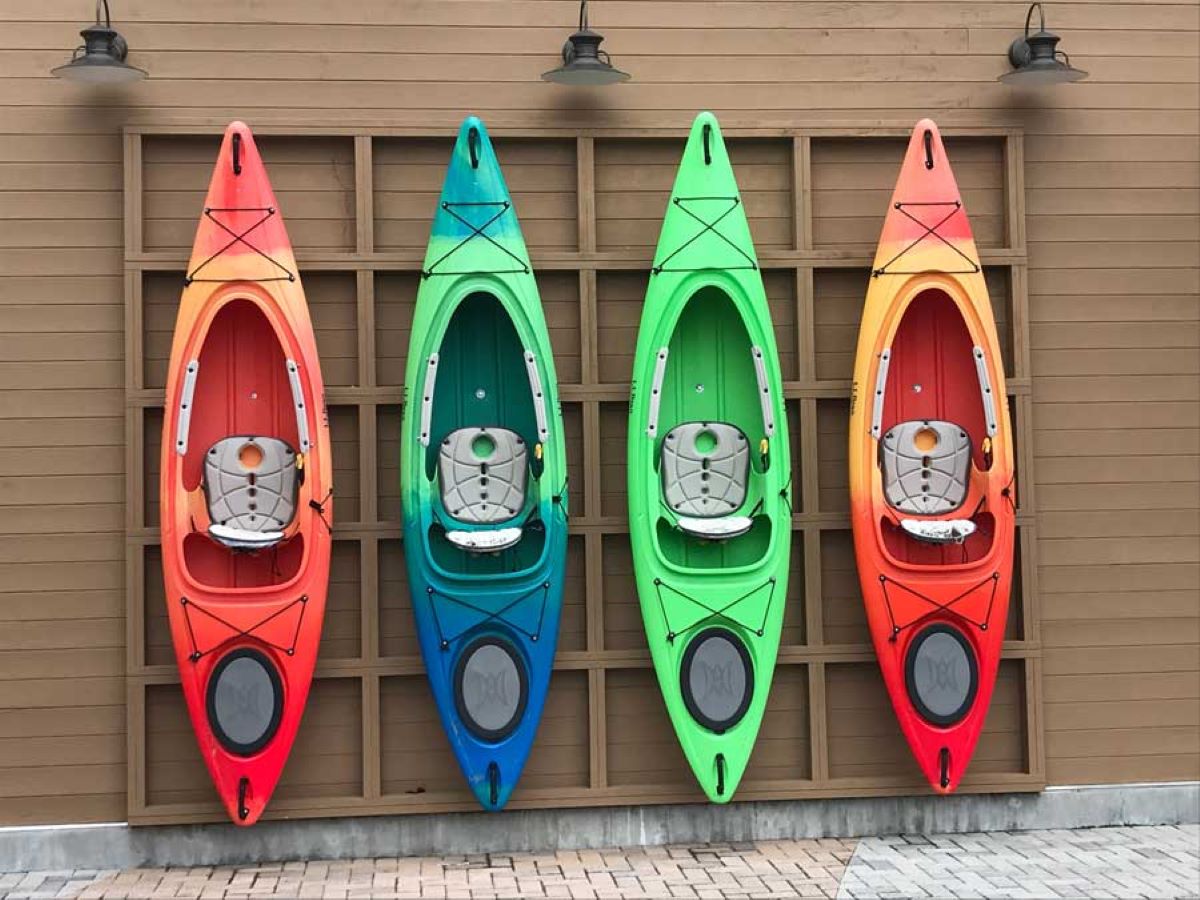
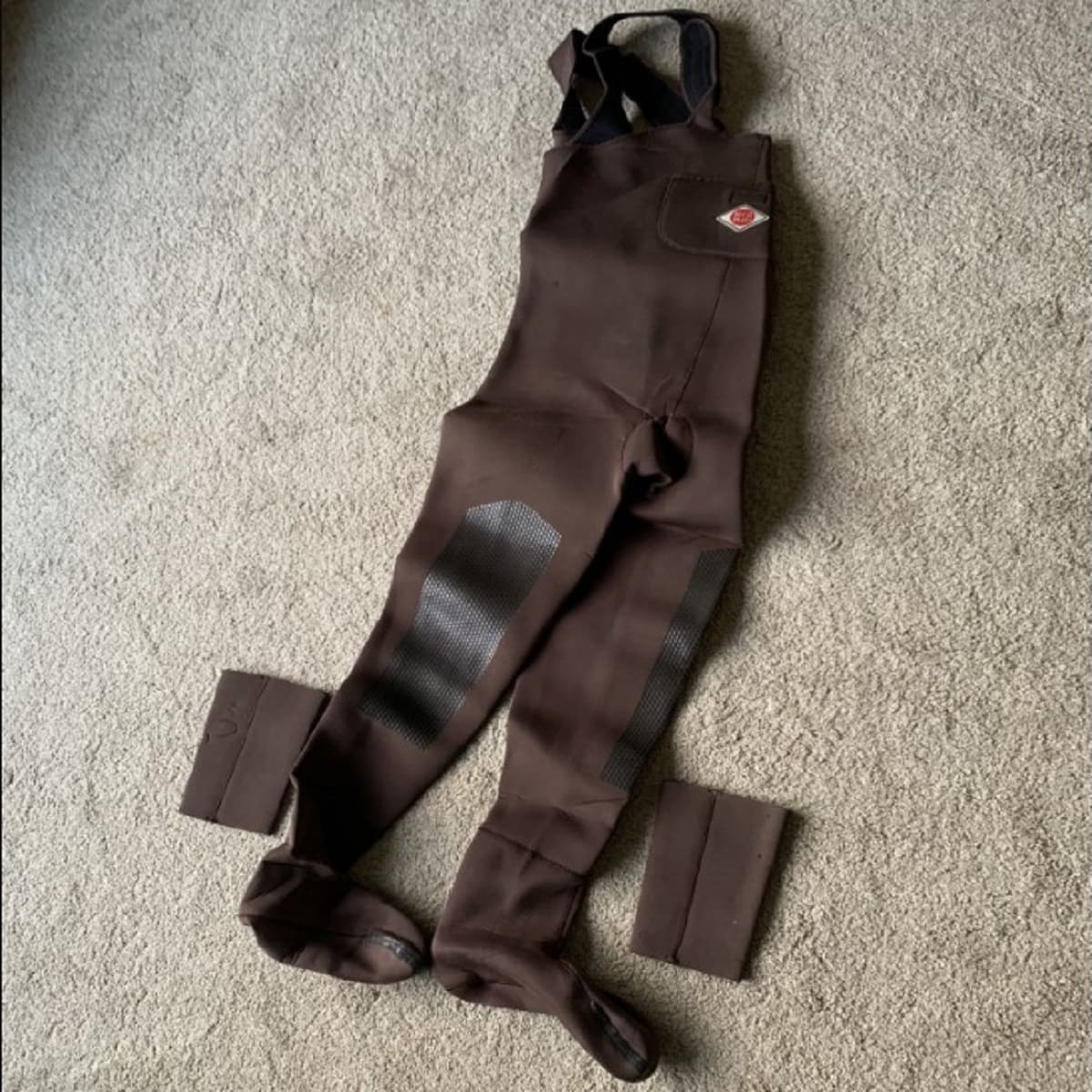
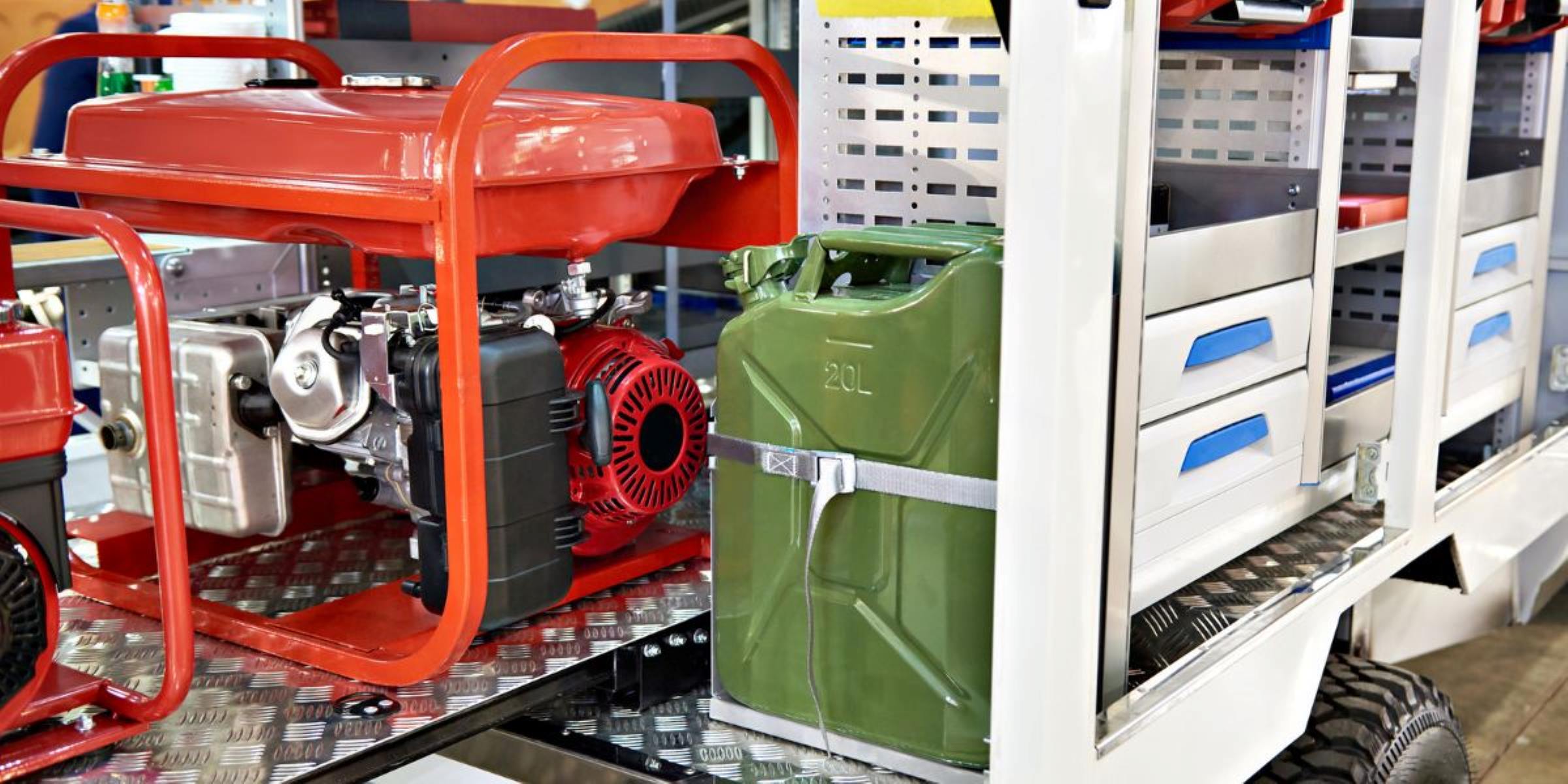
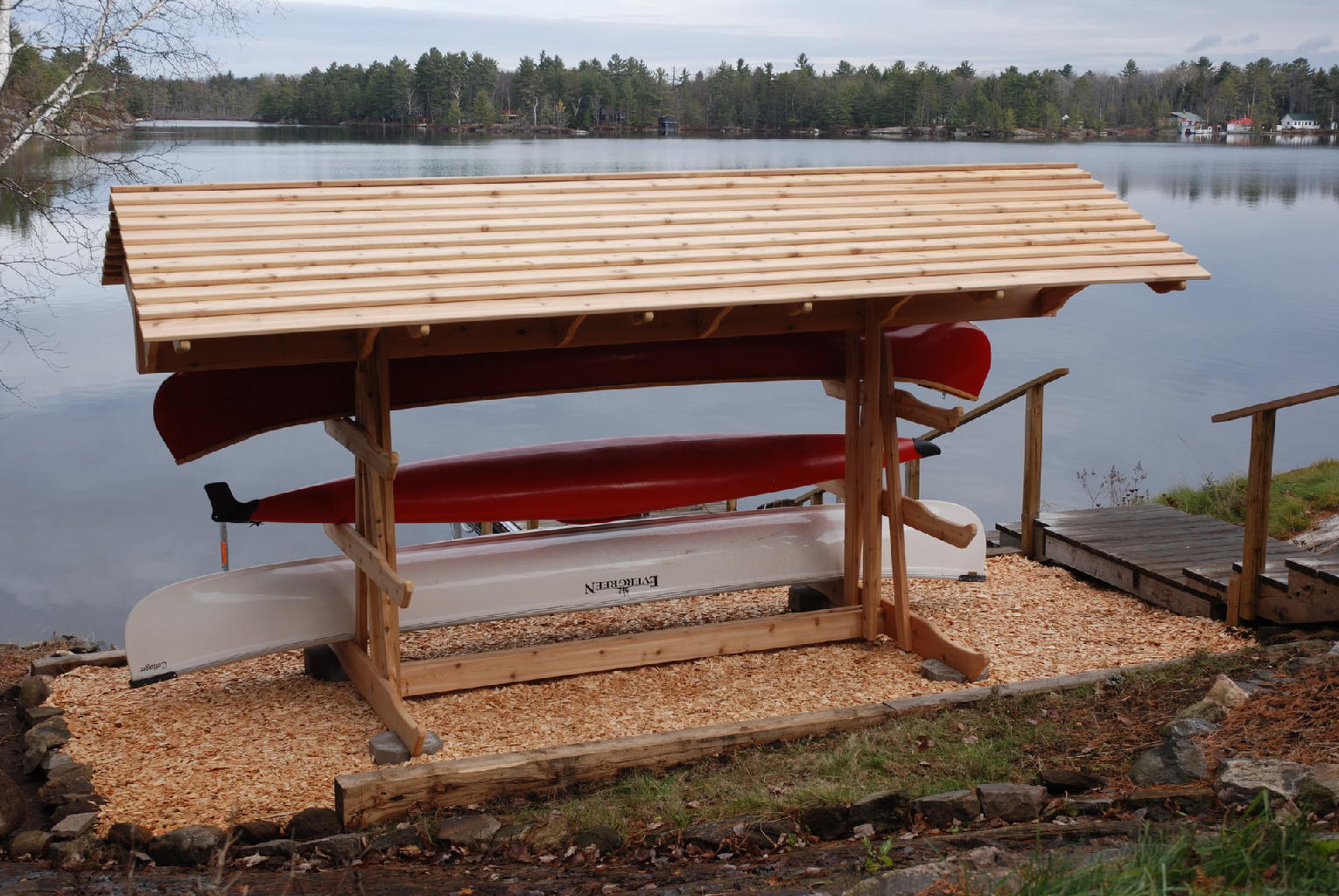


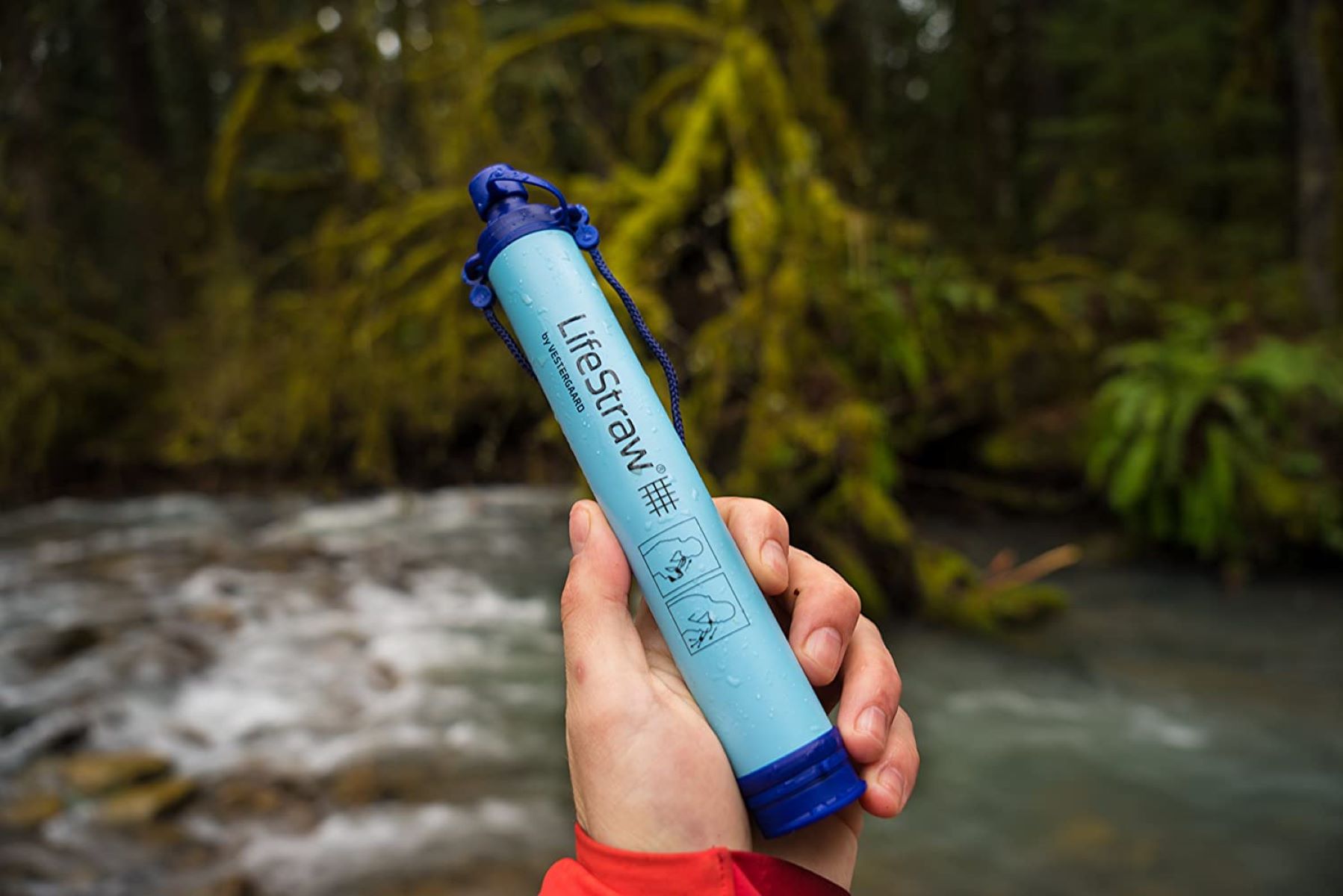

0 thoughts on “How To Store Camping Gear”